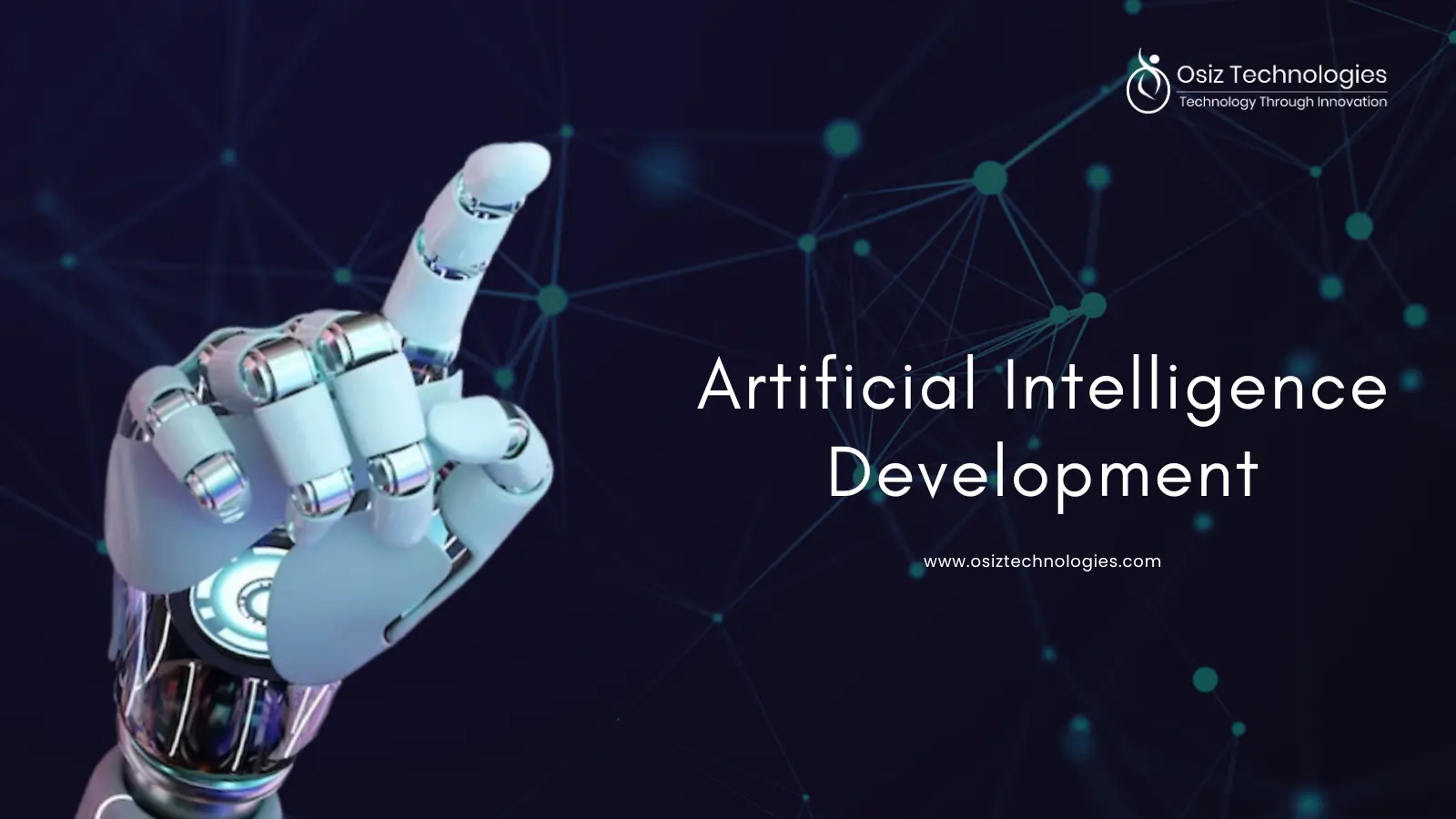Generative AI is revolutionizing the way we interact with technology, allowing for the creation of content that is indistinguishable from human-made material. Building a generative AI model from scratch can seem daunting, but with the right guidance, it can be a rewarding experience. This article will walk you through the essential steps, from understanding generative AI architecture to deploying your model effectively. Whether you are a seasoned developer or a curious beginner, this guide will provide you with the insights and tools necessary to embark on your generative AI journey.
Understanding Generative AI
Generative AI refers to algorithms that can generate new content, whether it be text, images, or audio. Unlike traditional AI models that classify or analyze data, generative models create new data points based on learned patterns. The most popular types of generative models include Generative Adversarial Networks (GANs) and Variational Autoencoders (VAEs). Understanding these architectures is crucial for building your own generative AI model.
Generative AI Architecture
The architecture of a generative AI model plays a pivotal role in its performance. GANs consist of two neural networks—a generator and a discriminator—that work against each other to improve the quality of generated content. VAEs, on the other hand, encode input data into a latent space and then decode it back to generate new data. Familiarizing yourself with these architectures will help you choose the right framework for your project.
Choosing the Right Framework
When it comes to building generative AI models, selecting the appropriate framework can significantly impact your development process. Popular frameworks like TensorFlow, PyTorch, and Keras offer extensive libraries and tools for building and training models. Each has its own strengths and weaknesses, so consider your specific needs—such as ease of use, community support, and available resources—when making your choice.
Dataset Preparation for Generative AI
Data is the lifeblood of any AI model, and generative AI is no exception. Preparing a high-quality dataset is crucial for training your model effectively. This involves collecting relevant data, cleaning it, and possibly augmenting it to enhance diversity. For instance, if you're creating a text-based generative model, you might want to gather a large corpus of text from various sources to ensure your model learns a wide range of language patterns.
Training Generative AI Models
Training your generative AI model involves feeding it your prepared dataset and allowing it to learn from the data. This process can be computationally intensive and may require access to powerful hardware, such as GPUs. During training, monitor the model's performance and make adjustments as necessary. Techniques like early stopping and learning rate scheduling can help optimize the training process.
Fine-Tuning Generative AI Models
Once your model is trained, fine-tuning is essential to enhance its performance. This can involve adjusting hyperparameters, retraining with additional data, or employing techniques like transfer learning. Fine-tuning allows your model to adapt to specific tasks or datasets, improving its output quality and relevance.
Best Generative AI Algorithms
Several algorithms have gained prominence in the field of generative AI. GANs are widely used for image generation, while VAEs are popular for tasks requiring a probabilistic approach. Other algorithms, such as autoregressive models and diffusion models, have also shown promise. Understanding the strengths and weaknesses of these algorithms will help you select the best one for your project.
Generative AI Python Tutorial
Python is the most widely used programming language for AI development, thanks to its simplicity and extensive libraries. Numerous tutorials are available online that guide you through building generative AI models using Python. These resources often provide step-by-step instructions, code snippets, and practical examples to help you get started.
Deployment of Generative AI Models
After building and fine-tuning your generative AI model, the next step is deployment. This involves integrating your model into applications or services where it can be utilized. Consider factors such as scalability, performance, and user experience when deploying your model. Cloud platforms like AWS, Google Cloud, and Azure offer robust solutions for deploying AI models.
Generative AI for Businesses
Businesses are increasingly leveraging generative AI to enhance their operations. From content creation to product design, generative AI can streamline processes and foster innovation. Understanding how to build and implement generative AI solutions can give businesses a competitive edge in their respective industries.
Open Source Tools for Generative AI
There are numerous open-source tools available for building generative AI models. These tools often come with pre-built models and libraries that can accelerate your development process. Platforms like Hugging Face and OpenAI provide valuable resources for developers looking to explore generative AI.
Conclusion
Building a generative AI model from scratch may seem challenging, but with the right knowledge and resources, it can be a fulfilling endeavor. By understanding the architecture, preparing your dataset, and following best practices for training and deployment, you can create a powerful generative AI model. If you’re seeking expert guidance along the way, Osiz Technologies, a trusted AI Development Company, is here to support your journey. For more information and assistance in your generative AI initiatives, connect with us at osiztechnologies.com.
Listen To The Article
Recent Blogs

Black Friday 30%
Offer









